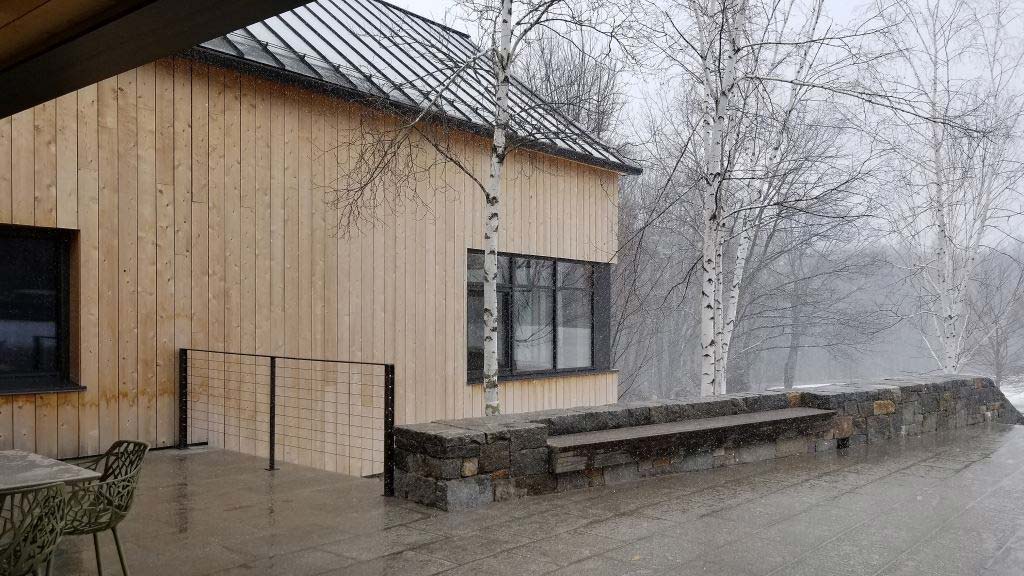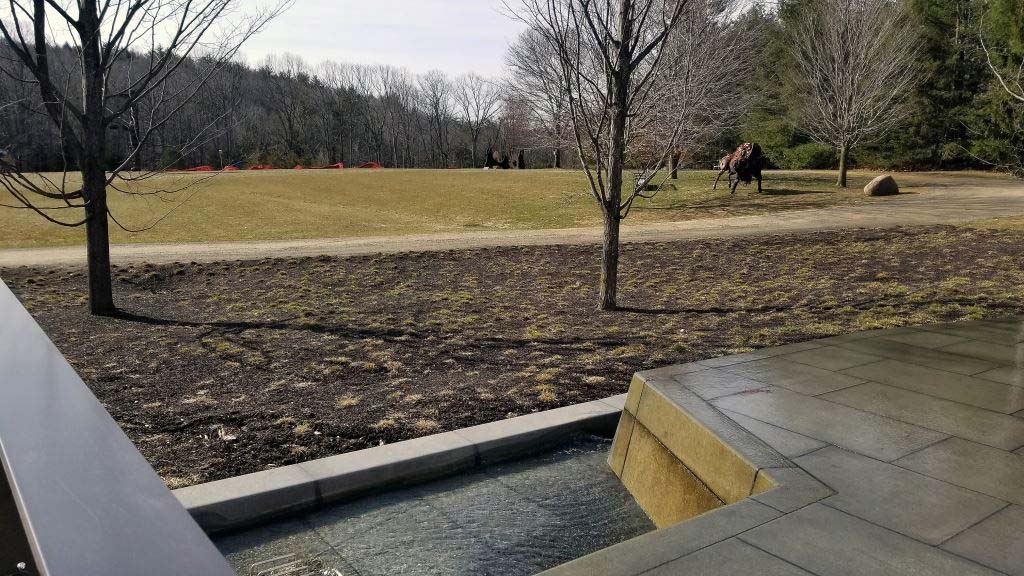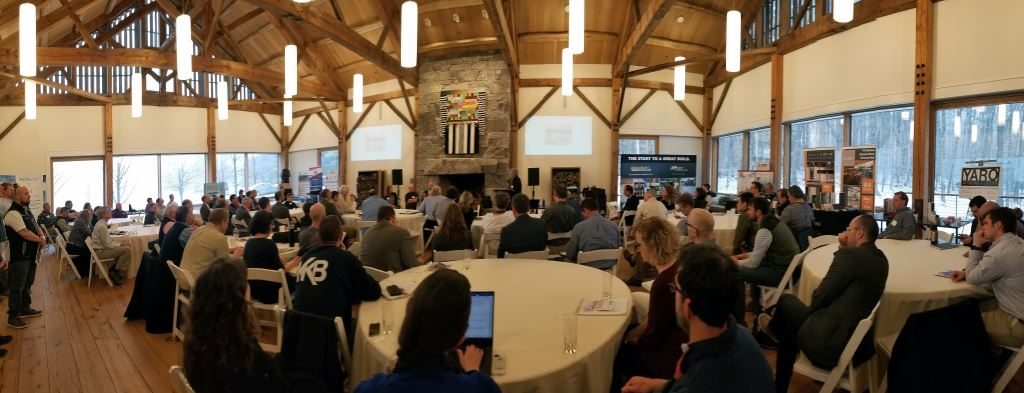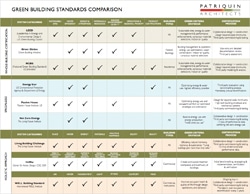Archiscape Blog
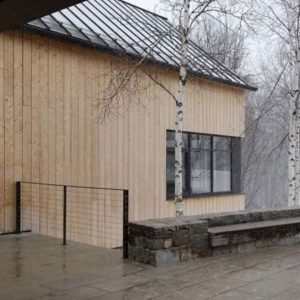
Why Passive House Design is So Powerful
The idea of “sustainability” covers a wide range of disciplines and practices. One area that I feel can have a tremendous impact on the environment is making our homes, office buildings, and other structures highly energy efficient.
The passive house concept involves designing buildings that incorporate super-efficient envelopes and mechanical systems that can pass a rigorous building certification. To learn more about passive building principles so that I can use them in our designs, I recently became a certified Passive House professional consultant (PHPC) and member of PHAUS (Passive House Alliance US) and CTPH (Connecticut Passive House).
The Passive House Standard
What is called the “Passivhaus standard” was created in the late 1980s by Bo Adamson of Lund University, Sweden and Wolfgang Feist of the Institut für Wohnen und Umwelt (Institute for Housing and the Environment) in Germany. The concept was explored initially in a number of projects in Germany and has been brought to North America as Passive House.
The goal of passive design is to construct ultra-low energy buildings that require minimal energy for space heating and cooling. In doing so, stakeholders create structures with greatly reduced ecological footprints. While the name in English includes “house,” passive house design is not solely focused on residential buildings. Everything from multi-family buildings to schools to office buildings can adhere to passive design principles.
At the core of passive building design is its mantra regarding energy, “Maximize your gains, minimize your losses.” One of the beauties of the Passive House standard is that refreshing simplicity of focus. And, while achieving a particular construction or renovation project’s goals isn’t necessarily easy, success is really based on a small number of passive design principles.
A passive house building:
- has continuous insulation, with no thermal bridging, throughout its entire envelope
- is extremely airtight, preventing the penetration of outside air and loss of cooled or heated inside air
- uses high-performance doors and windows (typically triple-glazed)
- capitalizes on balanced heat- and moisture-recovery ventilation and a minimal space conditioning system
- manages solar gain to capture the sun’s energy during cold weather months and to minimize heating during warm weather months
These five building science concepts help deliver outstanding energy efficiency while maintaining a prescribed comfort level for occupants.
Getting Active in the Passive House Community
Recently I attended the New England Passive House Multi-Family Conference. The event was held, quite appropriately, in a low-energy, passive house building at the Alnoba retreat center in Kensington, New Hampshire. The site was a beautiful example of building efficiency in a bucolic locale.
The conference was a full day of presentations covering passive house design, construction, ventilation, and heating. It also addressed the financing of passive house multi-family buildings, both affordable and market-rate. It included interesting and informative case studies, policy discussions, and deep-dive sessions on all aspects of the development of leading-edge, high-performance buildings.
One of the sessions I found most engaging was the keynote presentation by Tim McDonald, principal at Onion Flats in Philadelphia. Tim’s firm does pioneering work in both market-rate middle-income and affordable multi-family housing. Another excellent presentation was given by Brandon Nicholson, an expert in building systems for multi-family passive house initiatives. He gave a lecture on the basics of Passive House building systems.
Looking Ahead
My knowledge of, and strong belief in, passive house design has definitely grown as result of receiving my certification and attending conferences. No doubt there are challenges associated with implementing passive house principles in multi-family housing construction projects, or any project, including:
- Ensuring the dedication of the client and design team to a passive house approach
- Coordinating energy modeling
- Deciding on building systems and architectural details for the specific building
- Dealing with specific building site and climate issues
- Finding cost-effective measures for building construction and continued building maintenance.
But, as is becoming more apparent to building owners and other stakeholders around the world, the effort involved in achieving the Passive House standard is well worth the payoff—to the owner, the occupant, the community, and the planet.
If you have questions about passive house design, we would love to talk with you about them. Please contact us at your convenience.
Are you looking to make your next project “green,” but don’t know where to start?
Download our free Green Building Standards Comparison and get an at-a-glance view of the various standards for environmentally responsible design and construction.

